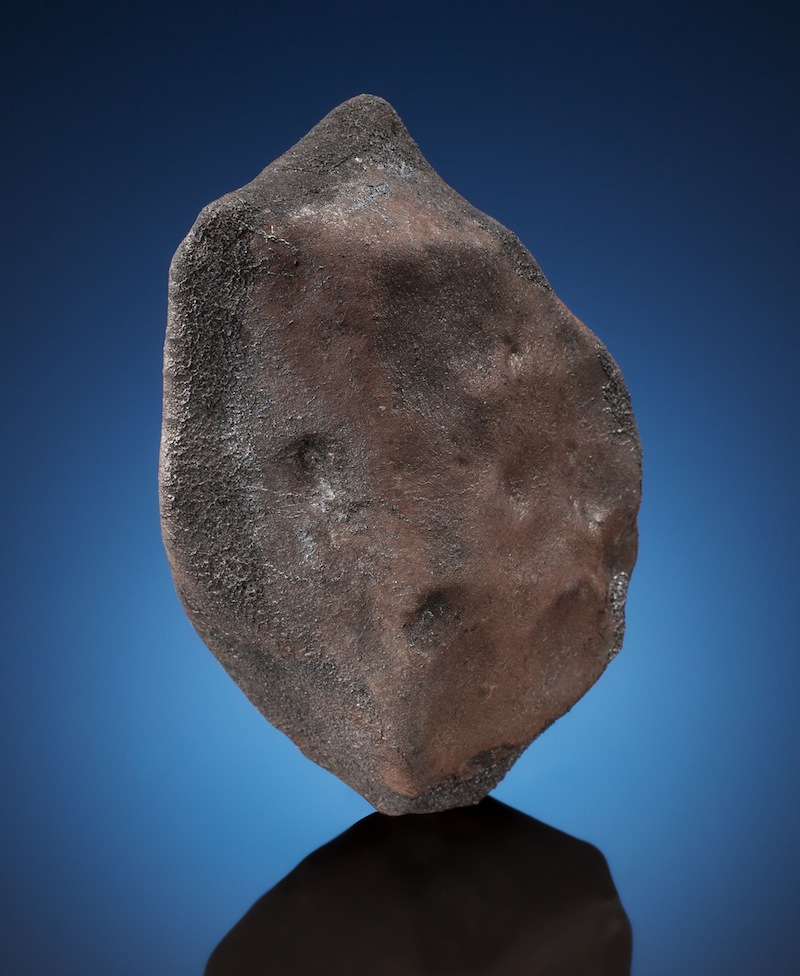3 Meteorites from 2013 Space Rock Explosion Over Russia for Sale

When a meteor exploded over Chelyabinsk, Russia on Feb. 15, 2013, many of world's most avid meteorite collectors were gathered on the other side of the world, in Arizona, at the Tucson Gem and Mineral Show.
"A lot of the meteorite guys were scrambling to leave the show early to go to Russia," said Craig Kissick of Heritage Auctions.
Chunks of the meteorite that lay scattered in the snow in central Russia made it to the commercial market just months after the blast. A few fragments were even incorporated into some gold medals given out at the 2014 Olympic Games in Sochi, Russia. This month, Heritage Auctions is selling three pieces of the Chelyabinsk space rock as part of its latest natural history sale.
The meteor blast produced a shockwave that shattered windows and injured more than 1,000 people in Chelyabinsk region. Scientists who have analyzed samples of the Chelyabinsk meteorite have said it appears to be an ordinary chondrite, the most common type of meteorite found on Earth.
"I wouldn't consider it that attractive," Kissick said, but the fragments have stirred up interest among collectors because they are tied to the biggest meteorite blast in more than a century, and perhaps the most witnessed one on record.
Opening bids for the three Chelyabinsk meteorite fragments start at $500, $2,500 and $4,000. The sale will take place on Sept. 28 at Heritage Auction's Nature and Science Signature Auction in Dallas, Texas.
Follow Megan Gannon on Twitter and Google+. Follow us @Spacedotcom, Facebook or Google+. Originally published on Space.com.
Get the Space.com Newsletter
Breaking space news, the latest updates on rocket launches, skywatching events and more!
Join our Space Forums to keep talking space on the latest missions, night sky and more! And if you have a news tip, correction or comment, let us know at: community@space.com.

Megan has been writing for Live Science and Space.com since 2012. Her interests range from archaeology to space exploration, and she has a bachelor's degree in English and art history from New York University. Megan spent two years as a reporter on the national desk at NewsCore. She has watched dinosaur auctions, witnessed rocket launches, licked ancient pottery sherds in Cyprus and flown in zero gravity on a Zero Gravity Corp. to follow students sparking weightless fires for science. Follow her on Twitter for her latest project.









